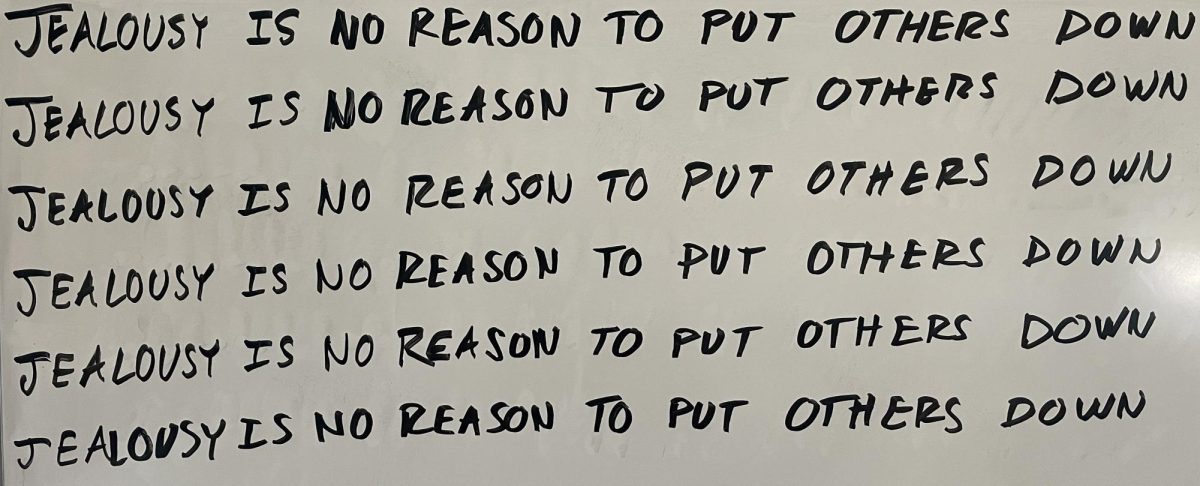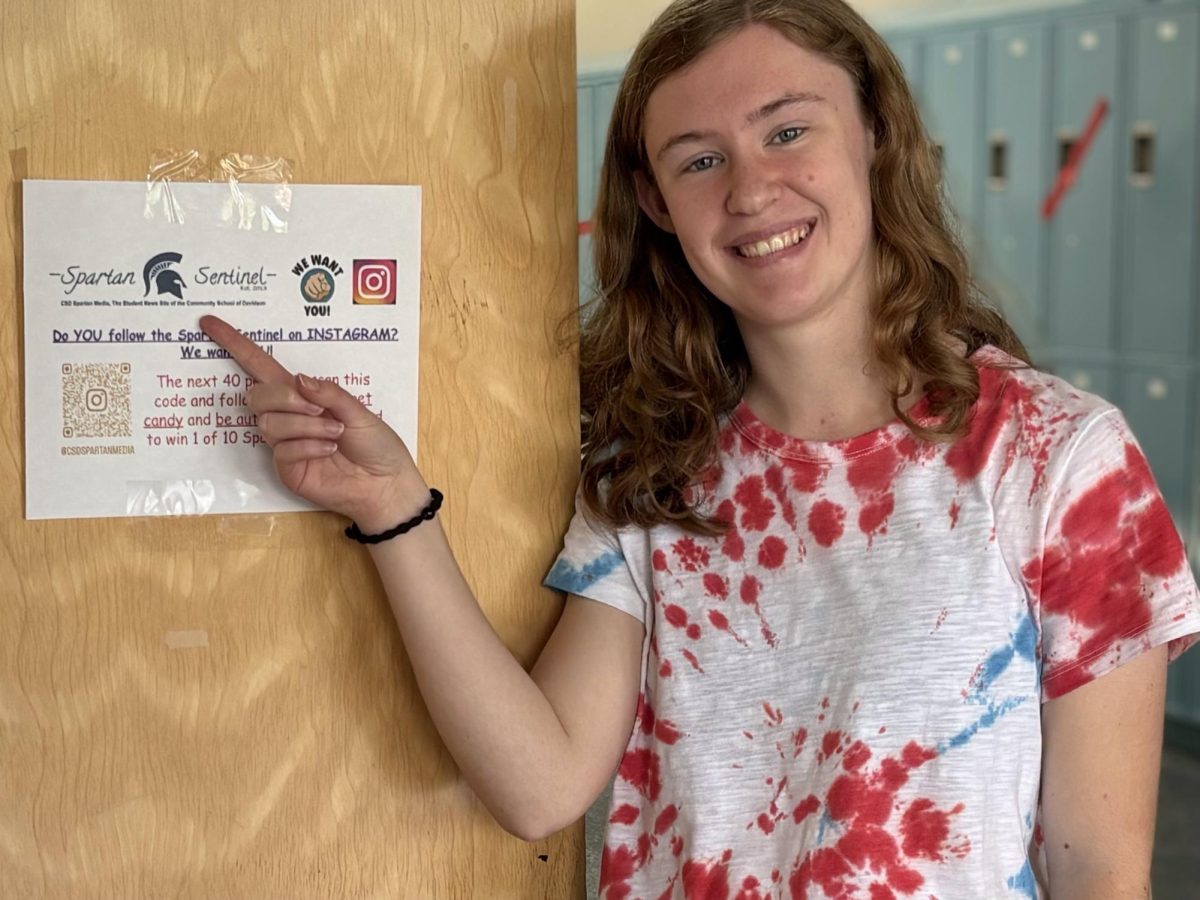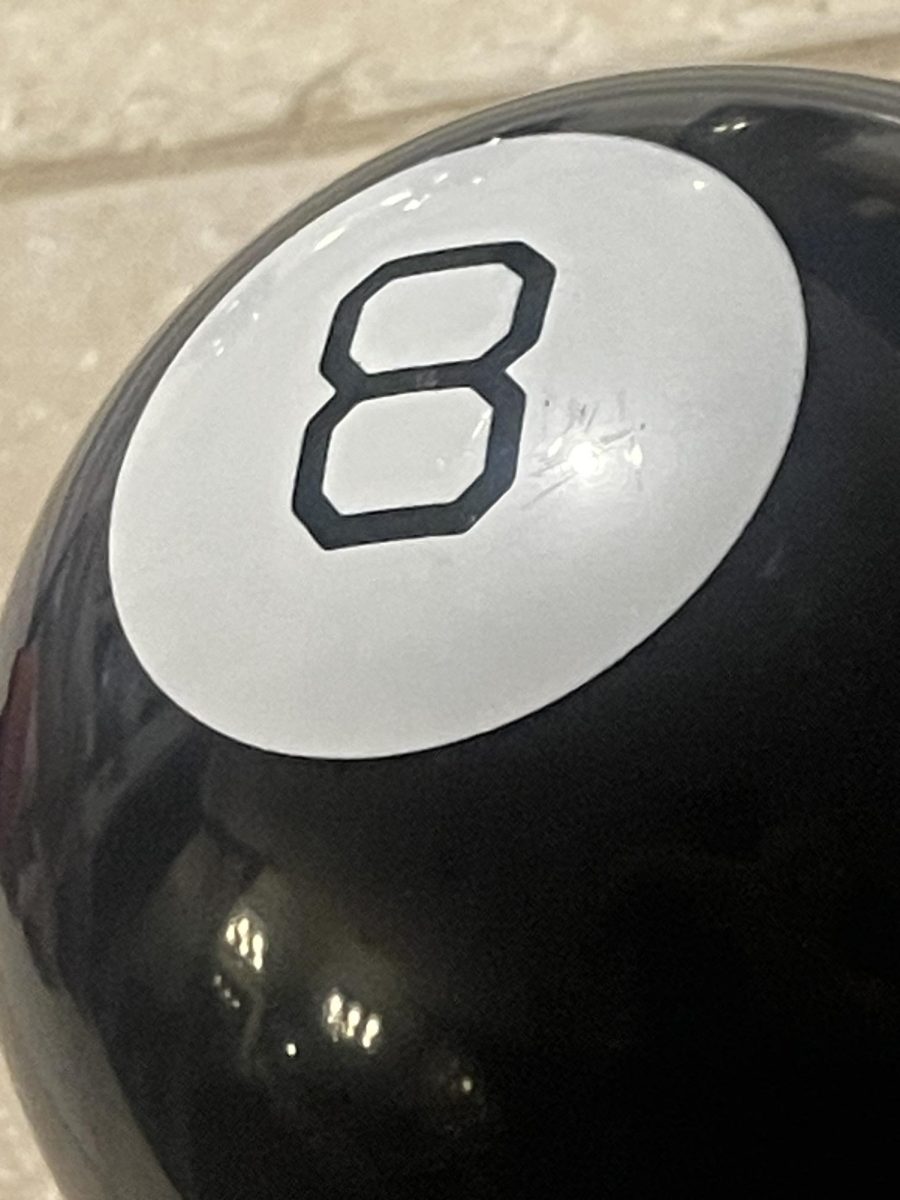“The Simpsons” (1989) is one of the most influential television programs of the past half-century. It’s the show to which most future adult animated series are indebted, and it set the framework for many tenets of the genre – satire, the mix of low humor with social commentary, the skewering of the nuclear family, and the skepticism toward traditional authority.
Creator of “Family Guy” (1999), Seth MacFarlane, has been outspoken about the groundbreaking nature of the show.
“Nowadays, we get [expletive] for making fun of Jesus and for [expletive] jokes and whatnot, but back then, it was, ‘This kid is talking back to his parents’,” Seth MacFarlane said.
Though there may be a hint of exaggeration in this claim, it’s true that “The Simpsons” premiered during a time in which animated series had less leeway.
The program pushed the boundaries, so much so that former president George H. W. Bush had this to say about the show in a 1992 speech: “We’re going to keep trying to strengthen the American family. To make them more like the Waltons and less like the Simpsons.”
“The Waltons” (1972), according to an Internet Movie Database (IMDb) summary, is about “The life and trials of a 1930s and 1940s Virginia mountain family through financial depression and World War II.” While the synopsis suggests a certain grit, which is true to a point, the show is also known for its traditional family values.
While “The Simpsons” is, in many ways, groundbreaking, it didn’t form in a vacuum. Rather, it took inspiration from, according to the creator of “The Simpsons” in an old Chicago Tribune article, “‘Ozzie and Harriet’ [1952], ‘Leave It to the Beaver’ [1957] and, in terms of quality, ‘Rocky and Bullwinkle’ [1959].”
The former two are monochrome, traditional live-action sitcoms. “Bullwinkle,” on the other hand, is a satirical animated series, and a precedent to “The Simpsons” as it concerns cleverness and appealing to a wide age range.
Indeed, Homer Simpson’s middle name, ‘Jay,’ is a tribute to “Rocky and Bullwinkle” creator, Jay Ward.
Those unfamiliar with “The Simpsons” are, in many cases, quick to observe the unusual decisions made in the art style. The characters are yellow and have four thumbs (the four-thumbed hands have become the default style in numerous animated comedies to follow). In some cases, there are bizarre hair styles. Note how the mother, Marge, has a head of hair so tall and fluffy that it looks like someone misplaced a mop on her scalp.
Regardless of why the program made these artistic calls, the effect is to create a distancing layer. If, by contrast, live-action actors said what various “Simpsons” characters say with regularity, they might face the public’s censure.
For those who are familiar with “The Simpsons,” the claim that “The Simpsons” predicted the future should not be new. However, as some skeptics have stated, the series worked from existing trends and information that was already available, not an innate or magical ability, to make predictions. Not all of them were accurate.
Though the talented writers, animators, and voice actors in “The Simpsons” aren’t soothsayers, credit where credit is due – there is an undeniable prescience to the show.
Lesson 1: Jealousy is not a good reason to put somebody else down
Taken from “Simpsons Roasting on an Open Fire.”
Homer Simpson turns on an involved Christmas light display to limited fanfare from his audience, Lisa and Bart Simpson. It’s apparent right off the bat that, due to some fundamental electrical issues, the spectacle will not last.
Flanders cheerfully greets Homer.
“What is it, Flanders?” Homer said.
“Do you think this looks okay?” Flanders said.
Flanders turns on a dazzling Christmas light display, with the words ‘Merry XMAS’ in big letters, and a Santa on the roof.
“Oh, neato,” Lisa and Bart said together.
Homer eyes his neighbor’s decorations with a sense of envy.
“It’s too bright,” Homer said jealously.
Lesson 2: Surveillance technology is a double-edged sword
Taken from “Krusty Gets Busted.”
Apu, a recurring character on “The Simpsons” who operates a business called the “Kwik-E-Mart,” notices Homer Simpson eating an ice cream popsicle with a brooding facial expression. Homer is bringing containers of ice cream to the counter for purchase.
“What’s the matter, sir? Never have I seen you look so unhappy while purchasing such a large quantity of ice cream,” Apu said.
“The reason I look unhappy is that tonight… I have to see a slide show starring my wife’s sisters. Or as I call ‘em, the Gruesome Twosome,” Homer said.
In “The Simpsons,” a common Homer trope, aside from his predilection for junk food, is his hatred for his two sister in-laws.
Seconds later, a bad actor robs the convenience store in which Homer and Apu are speaking. The surveillance footage of the theft airs on the news further into the evening, with both of Marge Simpson’s sisters sitting before the television. They hear the negative comments Homer made about them, including the derisive ‘Gruesome Twosome’ label.
Yet, Homer did not intend for his sister in-laws to hear his insulting words. Most individuals have been guilty of talking behind people’s backs at one point or another. This scene shows how, while surveillance technology can aid law enforcement officials in identifying criminals, it can also compromise privacy and exacerbate interpersonal tensions.
Lesson 3: “The potential for mischief varies inversely with one’s proximity to the authority figure” (Martin Prince)
Taken from “Bart Gets an F.”
After Bart Simpson’s pattern of failing exams comes to a head, he enlists Martin Prince, a nerdy and, perhaps, somewhat obsequious student, to help him improve his grades. In exchange, often teased Martin has Bart assist him with better fitting in.
Martin sits in the front seat of the school bus.
“No,” Bart said to Martin.
“No?” Martin said.
“Only geeks sit in the front seat. From now on, you sit in the back row. And that’s not just on the bus. It goes for school and church, too,” Bart said.
“Why?” Martin said.
“So no one can see what you’re doing,” Bart said discreetly.
“Oh! I think I understand. The potential for mischief,” Martin said, “varies inversely with one’s proximity to the authority figure.”
“Well, yeah, but don’t say it like that,” Bart said.
While Bart and Martin’s ways of phrasing it differ, they share the insight that students in the back of the room can get away with more. Indeed, many teachers are aware of this phenomenon and attempt to attenuate its effects by circulating around the room and keeping students within eyeshot.







